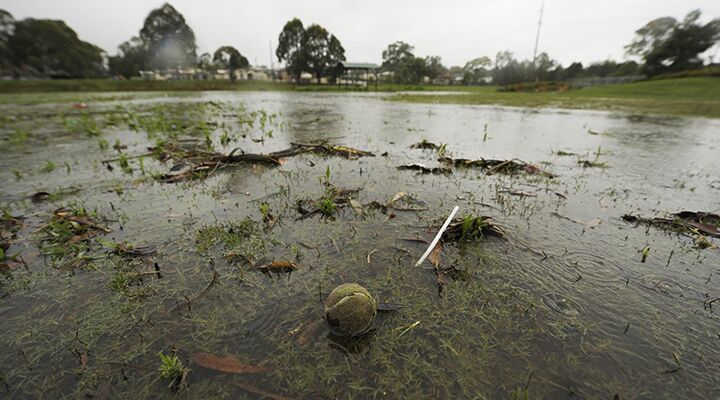
January 2016—A Month of ‘Natural Disasters’ in Australia
Hard-hitting weather reports from Australia in January described “out of control” weather, a nation “hammered by severe storms,” “summer catastrophes,” “utter devastation,” “extensive damage,” “system collapse” and bushfire fights that “could continue for months.”
This has been Australia one month into 2016.
While these weather events are historically common to the nation, their ferocity this year has been particularly noticeable.
In Western Australia, fires claimed the entirety of Yarloop, a country town with around 550 residents. The inferno destroyed 143 properties, of which 128 were homes. Firefighters and emergency services could do little to stop the oncoming inferno. There was no water.
More fires blazed in South Australia’s Pinery region. The Great Ocean Road in Victoria writhed in fires as well.
Even in Tasmania, a considerably cooler and greener climate, fires have raged. At least 72,000 hectares in northwest Tasmania have been wiped out. One blaze had a fire perimeter of over 404 miles. Some experts believe that the smoldering trees and once-pristine world heritage areas could continue to burn for months.
The heat and dry climate combined with strong winds have hampered efforts across the country as firefighters battle to contain fires lit by lightning strikes and arsonists.
Along with the heat has come drought—in Australia, it is a given. There is a reason why most Australians live on the coast: The Australian interior is baked. As floods wash some towns out, the drought still holds farmers hostage a hundred miles away.
Even now when the rains come, it is often too late. Inland Queensland towns like Charleville have had rain, but drought killed off the stock or forced farmers to sell their cattle long ago. Now, the greenery goes unutilized—just food for kangaroos.
The juxtaposition of extreme weather goes further.
Just last week, parts of Western Australia received more than seven inches of rain in less than 24 hours. Repairs are expected to take 12 to 18 months.
Sydney and the Hunter region were lashed by a super cell. Winds of more than 60 miles per hour tore down trees and power lines. Hail beat the Blue Mountains. There was widespread flash flooding across the city.
Perhaps you live in an area that has been afflicted by bad weather. Perhaps you have already noticed that the world has seen more and more weather-related disasters in recent years. But do you stop to wonder why? Can it be global warming when we have this juxtaposition of both drought and torrential downpours? Could it be that we are seeing the worldwide ramifications of something far more devastating than fossil-fuel usage?
Many look at these tragedies and try to blame ambiguous global warming. But therein lies a greater tragedy! By blaming our carbon emissions, we really lose sight of the way to prevent the problems.
If you find yourself wondering, Is it really global warming? Why are we seeing an uptick in natural disasters worldwide? What can we do to stop it?, then you need to request and read our free booklet Why ‘Natural’ Disasters?
Religion and science struggle to provide an answer. But there is one! Our booklet will give you profound and inspiring meaning to these seemingly random disasters. That’s right! You can actually find inspiration in the terrible weather phenomenon around the globe. Order our free booklet today. You need to understand.
